Global Efforts and Challenges in Preventing and Controlling the COVID-19 Pandemic
Title: "Global Efforts and Challenges in Controlling the Novel Coronavirus Pandemic"
Introduction:
The world has been gripped by a public health emergency of international concern since the outbreak of the novel coronavirus (COVID-19) in late 2019. This highly contagious respiratory disease, first identified in Wuhan, China, has since spread across borders, infecting millions and claiming countless lives globally. The United Nations (UN) and its member states have declared the COVID-19 pandemic a global health emergency, necessitating a coordinated and multifaceted response from governments, healthcare systems, scientific communities, and the international community as a whole.
Global Coordination and Responses:
In the face of this unprecedented challenge, countries around the world have implemented various measures to mitigate the spread of the virus. These include travel bans, quarantine measures, social distancing guidelines, and the rapid development and distribution of vaccines and therapeutics. The World Health Organization (WHO) has played a pivotal role in coordinating global efforts, issuing regular updates on the pandemic's status, sharing best practices, and advocating for transparent communication between nations.
Travel Restrictions and Border Controls:
To slow the international spread of the virus, numerous countries have imposed travel restrictions and implemented border controls. The European Union (EU), for instance, initiated a coordinated approach, restricting non-essential travel from certain countries with high infection rates. The United States, Canada, and Australia have also imposed similar measures, while some countries have opted for complete lockdowns, banning all non-resident travelers. While these measures have been effective in reducing the rate of infection in the short term, they have also caused significant economic disruptions and strained diplomatic relations.
Quarantine and Social Distancing:
Quarantine measures and social distancing have become cornerstone strategies in containing the virus's spread. Governments have encouraged citizens to work from home, closed non-essential businesses, and implemented curfews. In Asia, countries like South Korea and Taiwan successfully contained outbreaks through aggressive testing, tracing, and isolation of infected individuals. In contrast, the initial response in the United States was criticized for its lack of coordination and consistency across states, leading to a more widespread outbreak.
Vaccine Development and Distribution:
The race for a vaccine has been a crucial aspect of the global response. Multiple pharmaceutical companies and research institutions have launched large-scale clinical trials, with several vaccines being approved for emergency use by regulatory bodies worldwide. The COVAX facility, a global initiative aimed at equitable access to vaccines for low- and middle-income countries, has been a point of contention due to concerns over supply guarantees and distribution logistics. The United States and other wealthy nations have faced criticism for prioritizing their own populations over global access to vaccines.
Healthcare Systems Under Pressure:
The pandemic has exposed the weaknesses in healthcare systems across the globe. Countries with underfunded or understaffed healthcare facilities have struggled to cope with the surge in cases, leading to overcrowded hospitals, shortages of personal protective equipment (PPE), and high rates of healthcare workers contracting the virus themselves. This highlights the need for long-term investments in public health infrastructure and healthcare worker training to better prepare for future pandemics.
Economic Impact and Recovery:
The economic fallout from the pandemic has been severe, with global GDP projections revised downward due to lockdowns and business closures. Governments have implemented stimulus packages, lowered interest rates, and provided financial aid to individuals and businesses to mitigate the impact on their economies. However, these measures have also fueled concerns about debt sustainability and potential negative long-term effects on financial stability. The World Bank and other international financial institutions are working on recovery plans to support countries as they navigate this unprecedented economic crisis.
Digital Transformation and Information Management:
The pandemic has accelerated the adoption of digital technologies in healthcare, education, and daily life. Telemedicine has become a vital tool for maintaining access to healthcare services during lockdowns, while online learning platforms have bridged the gap for millions of students worldwide. However, these digital solutions have also highlighted issues of inequality, as access to technology remains a challenge for many in developing countries. Effective information management is crucial to combat misinformation and ensure that accurate public health messages reach vulnerable populations.
Conclusion:
The novel coronavirus pandemic presents a complex challenge that requires an unprecedented global collaboration between governments, international organizations, private sectors, and civil society. While significant progress has been made in containing the virus through vaccination efforts and improved public health measures, the pandemic's long-term impact on economies


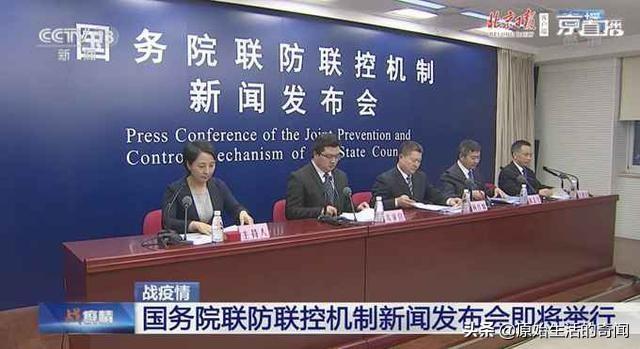

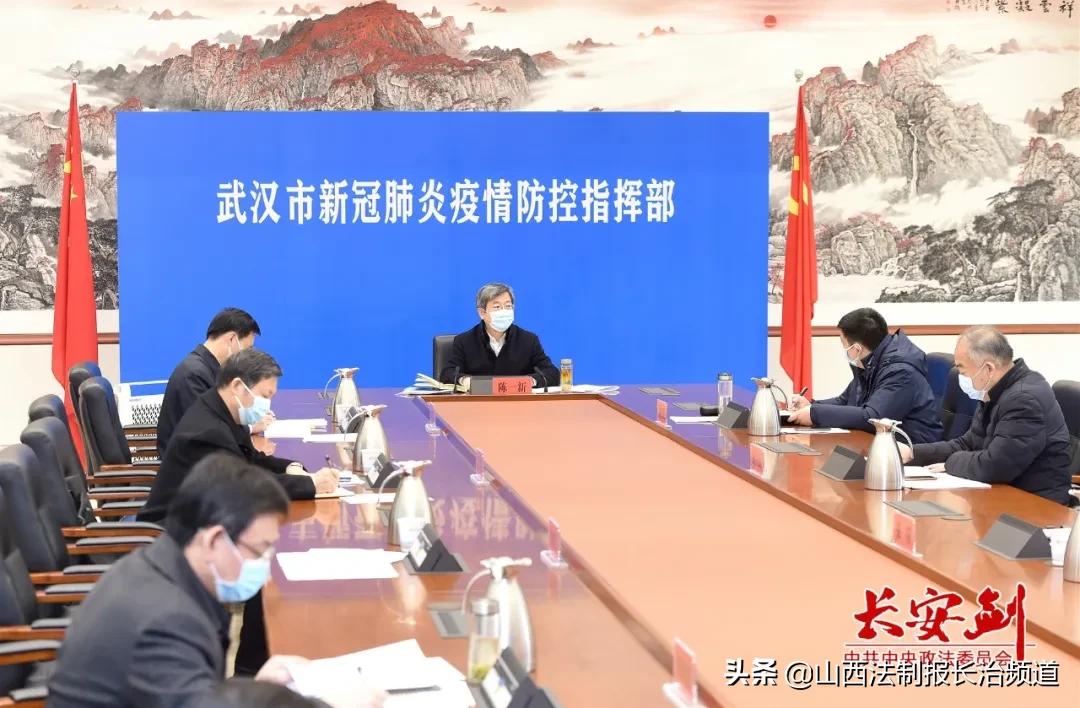


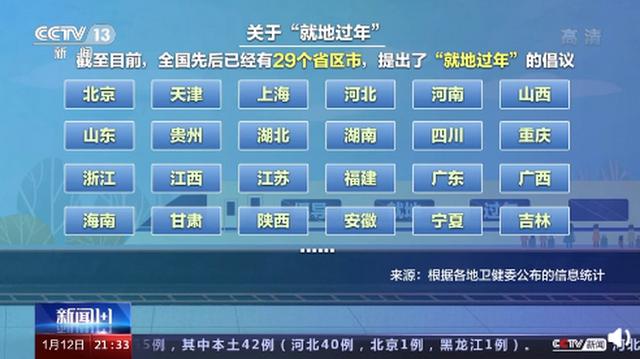

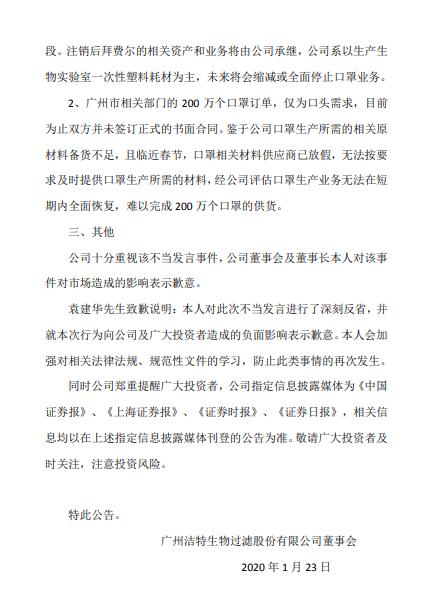

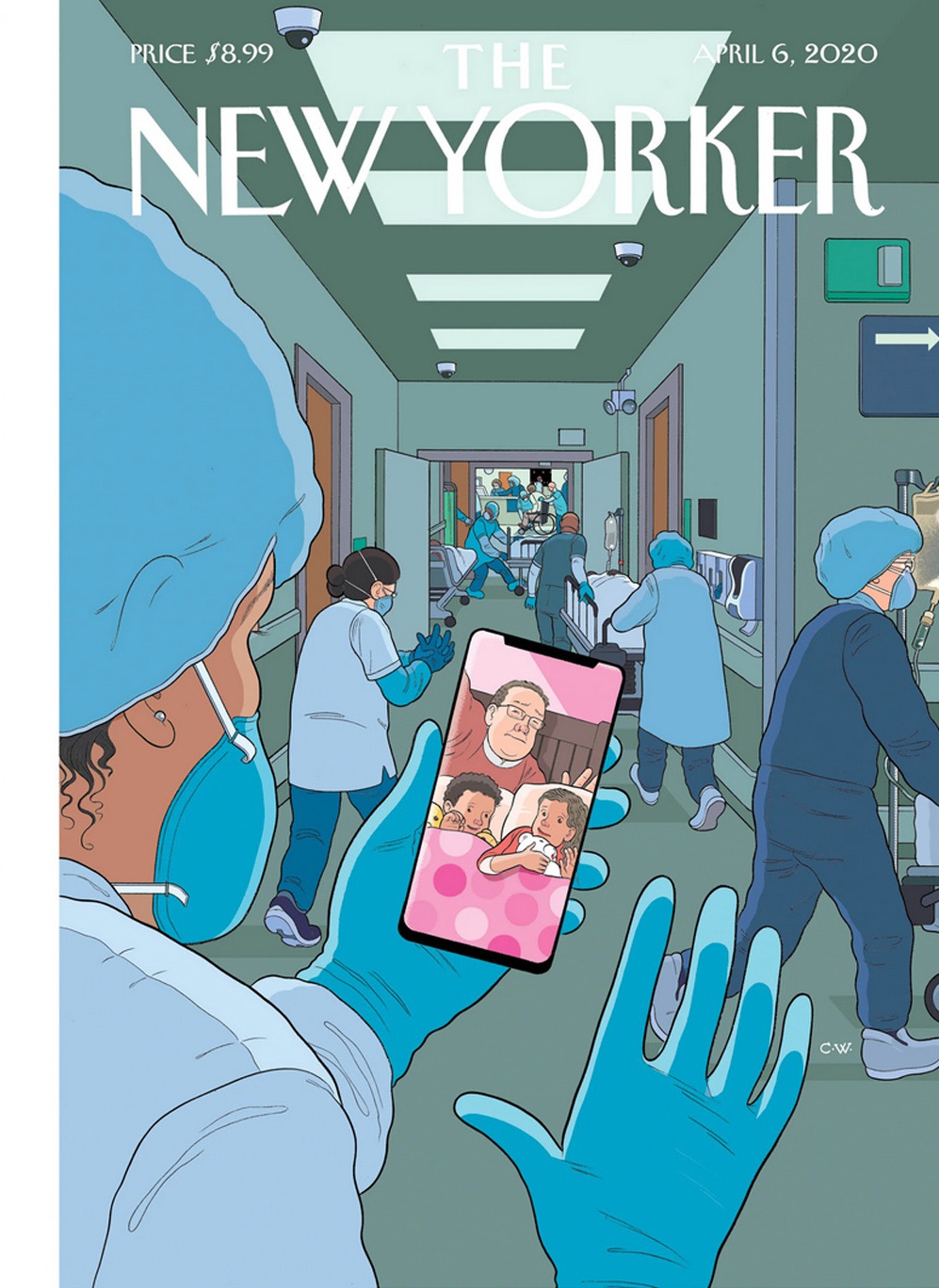
 京ICP备11000001号
京ICP备11000001号
发表评论